Fertilizers are essential for growing healthy plants, and 5-10-10 fertilizer is one of the most popular fertilizers for vegetable gardens. It contains three essential nutrients – Nitrogen, phosphorus, and Potassium – vital for plant growth. When applied correctly, 5 10 10 fertilizer can help give your plants a boost in health and overall growth. This article will discuss how to properly use 5-10-10 fertilizers throughout the growing season to get the best results and why it is a good option. With this knowledge, you’ll be able to make sure your garden gets all the nutrients it needs to produce a bumper harvest!
What is 5-10-10 fertilizer?
5-10-10 fertilizer contains three essential ingredients for healthy plant growth – Nitrogen, phosphorus, and Potassium. These three components are combined in a 5:10:10 ratio, which is optimal for helping plants thrive. For example, 5-10-10 fertilizer contains five percent Nitrogen which helps promote leaf and stem growth, ten percent phosphorus which encourages root development and flowering; and ten percent potassium helps build strong cell walls and boosts overall health.
N is for Nitrogen:
The first number in any N-P-K ratio represents the amount of Nitrogen it contains. Nitrogen is one of the essential nutrients plants need to grow and thrive. Without a sufficient supply of Nitrogen, plants will experience stunted growth, yellowing leaves, and poor flowering. In addition, Nitrogen is critical for photosynthesis which occurs when plants use energy from sunlight and water to create food molecules. Nitrogen is a vital building block for proteins, enzymes, and chlorophyll- all molecules necessary for photosynthesis.
P is for Phosphorus:
Phosphorus is another vital nutrient that helps support root growth and flowering. It also enables plants to resist disease and environmental stressors. In addition, phosphorus helps plants take in other nutrients, such as calcium and magnesium, which are essential for plant health.
K is for Potassium:
The third number in the N-P-K ratio represents the percentage of Potassium. Potassium assists in the development of strong cell walls, allowing the plant to absorb water more efficiently. It also increases plants’ ability to resist drought and other environmental stressors.
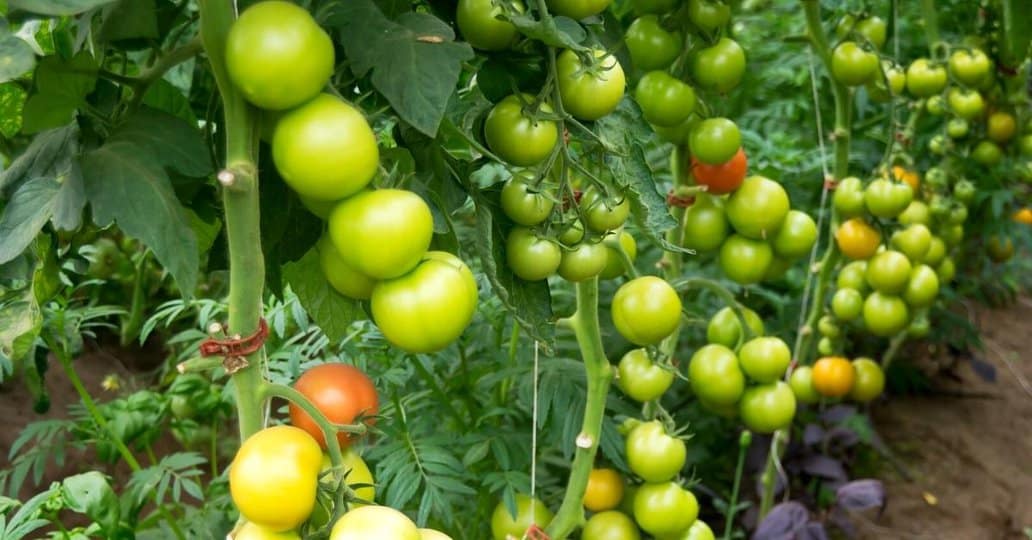
The 5-10-10 ratio is the most recommended fertilizer by gardening experts for tomato, pepper, eggplant, pumpkin, squash, and watermelon crops. Due to its double phosphorus and potassium composition as Nitrogen, this ratio allows plants to switch their focus from producing leafy growth to making more flowers, fruits, and seeds.
5-10-10 fertilizers are available in various forms. Most synthetic fertilizers in the granular form are slow-release fertilizers. Liquid fertilizers are readily available for plants and are fast-acting. Organic fertilizers are made from natural ingredients like animal waste, bone meal, blood meal, and other organic matter. You can choose the best fertilizer for the veggie garden depending on the individual plants’ size, kind, and health.
Using 5-10-10 fertilizer also helps reduce the risk of overfertilization. It keeps soil from becoming too salty from excessive nitrogen levels. It prevents your plants from being “burned” by too much phosphorus or Potassium. Additionally, most of the 5-10-10 fertilizers in the market contain additional essential micronutrients and trace elements like iron, magnesium, sulfur, and zinc, which are necessary for optimal plant growth.
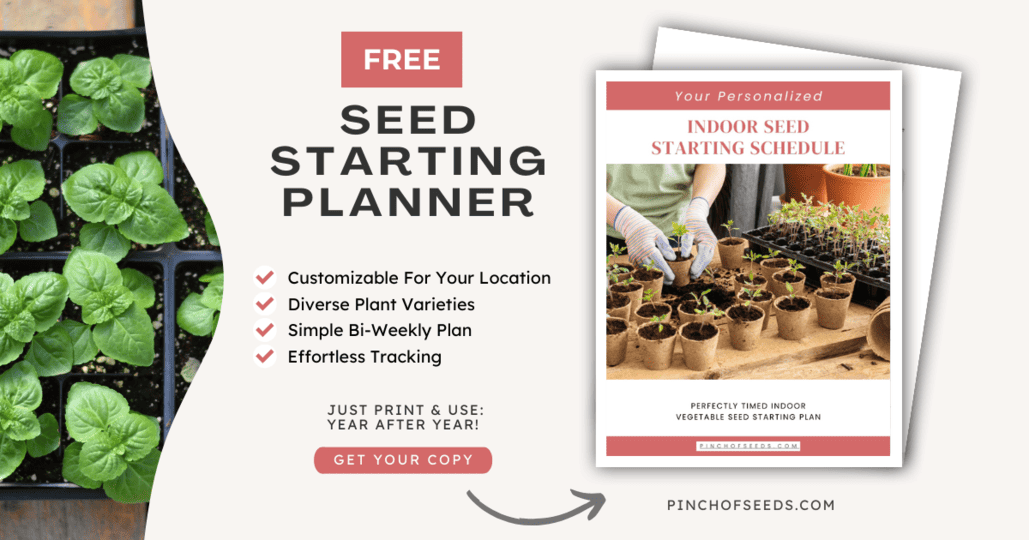
Best 5-10-10 fertilizers & Where to buy
These 5-10-10 fertilizers are the most popular fertilizers for home gardens and farming purposes.
- Master Nursery 5-10-10 Tomato & Vegetable Food, 5 lb (Buy it at Amazon.com)
- Lilly Miller Morcrop Tomato & Vegetable Food 5-10-10, 4lb (Buy it at Amazon.com)
- ACTIVE 5-10-10 ORGANIC FERTILIZER (Buy it at rockymountainbioag.com.com. For 10% discount, use code pinchofseeds at checkout).
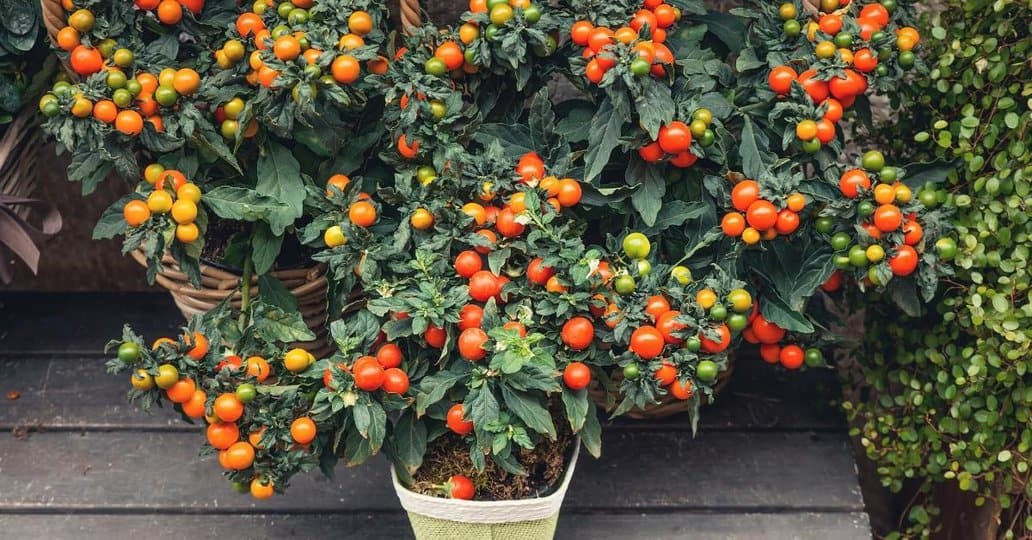
What is 5-10-10 fertilizers good for?
- 5-10-10 fertilizer is beneficial to many types of plants and can be used on flowers and vegetables. The major advantage of this fertilizer product over other all purpose fertilizer is noticeable on plants grown for their fruits and flowers rather than their leaves, such as annuals, perennials, vegetables like tomatoes, peppers, squash, and fruits like strawberries and raspberries.
- For other non-flowering ornamental plants such as shrubs or bushes, 5-10-10 fertilizer may still provide benefits if applied correctly. These are typically slow-growing plants, so 5-10-10 can help promote growth and development and help them become more resistant to environmental stresses and diseases.
- For vegetables grown for their leaves or shoots, such as lettuce, cabbage, spinach, or kale, a 5-10-10 fertilizer may be applied. However, it will not be as beneficial as other high Nitrogen fertilizers, which have nutrients for leaf development. Therefore, a 10-5-5 would be a better choice for these kinds of vegetables.
How to Apply 5-10-10 fertilizer
Applying 5-10-10 fertilizer is a simple process that beginner and experienced gardeners can easily follow. The first step is to determine the size of your garden and how much 5-10-10 fertilizer will be needed to cover the area. For example, for a small vegetable garden, use 1 tbsp of 5 10 10 fertilizer per square foot of garden soil. 4 lb bag is more than enough for most home gardens for the entire season.
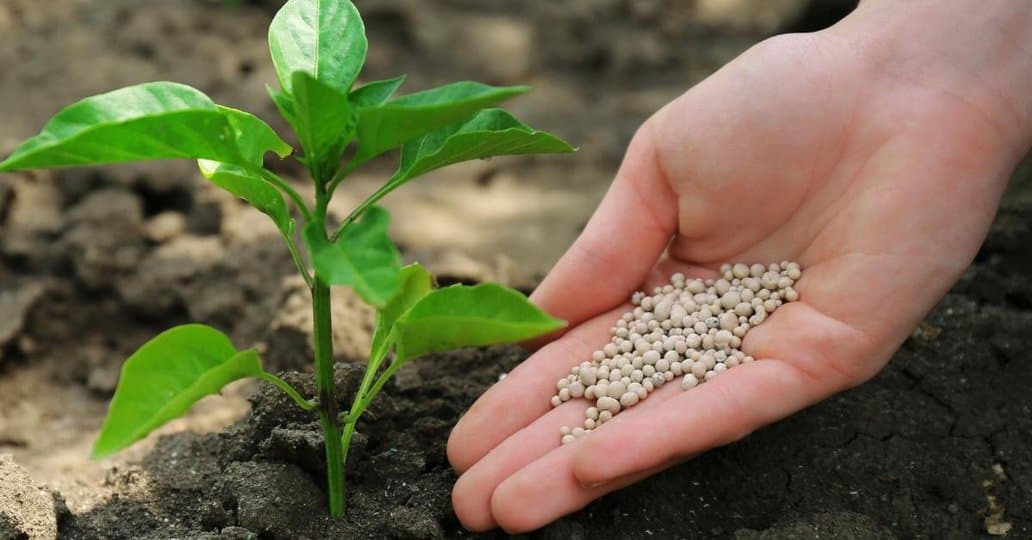
The best time to apply this fertilizer is in late spring when the seedlings are transplanted in the garden beds. Continue applying the fertilizer every 3 to 4 weeks until early fall.
For granular fertilizers, spread the 5-10-10 fertilizer evenly over the entire gardening area at a rate of about 1 pound per 100 square feet. Then, mix it into the top 6 inches of soil with a hoe or rake before planting your seeds or transplants so that it has time to dissolve in water and become available to plants’ roots. For liquid forms of 5-10-10 fertilizer, mix the one-part solution with four parts water and apply directly to plants or around their root systems using a watering can or garden hose attachment.
It is important to note that 5-10-10 fertilizers provide essential nutrients necessary for plant growth. However, they should not be used as ongoing maintenance tool. Too much 5-10-10 fertilizer can cause problems like leaf burn, root damage, and even death for some plants. So it’s important to follow directions precisely when applying it. Furthermore, if you plan on growing vegetables in your garden, ensure that any residue from the application has been thoroughly washed off before consuming them. Some chemical compounds may remain on the produce, which could be hazardous if ingested.
Applying 5-10- 10 fertilizers correctly and responsibly can help ensure your plants stay healthy and thrive during each growing season!
Tips for Maximizing the Benefits of Using 5-10-10 Fertilizer
- Follow the instructions on the fertilizer packaging carefully to ensure the proper application of 5-10-10 fertilizer. This includes measuring and applying an appropriate amount at the right time to maximize its effectiveness.
- Test your garden soil regularly for phosphorus, Nitrogen, potassium levels, and other vital nutrients like iron, magnesium, sulfur, and zinc. Make sure to select a fertilizer that has the proper nutrient for your soil needs.
- Avoid over-applying 5-10-10 fertilizers by sticking to the recommended dosage so that nutrients are not wasted or cause harm to plants due to excessive amounts of one particular nutrient. Regular but less fertilizer at a time is better for most vegetables and flower plants.
- Be sure to wash off any fertilizer residue from fruits and vegetables before consuming them, as some chemical compounds may remain on produce which could be hazardous if ingested.
- Utilize diluted liquid forms of 5-10-10 fertilizer when plants are under stress since they are more readily absorbed by plant roots than granular forms and provide more immediate results regarding growth rate and nutrient uptake.
- Do not apply the fertilizer on the same day as any insecticide treatment. Leave at least 2-3 days gap between the two.
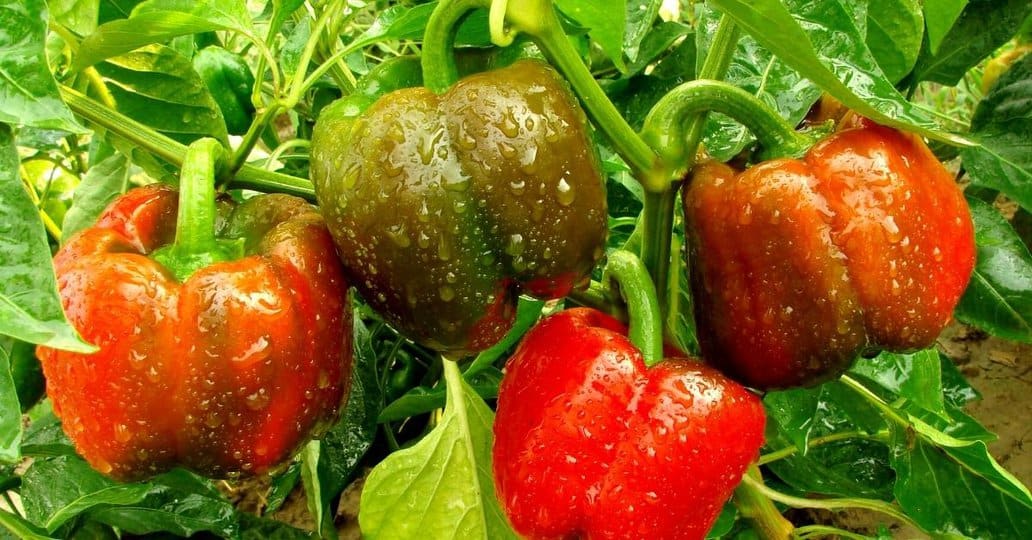
FAQs about 5-10-10 fertilizer
> How often should I apply 5-10-10 fertilizer?
The frequency of application for 5-10-10 fertilizer depends on several factors, such as the type of garden soil, climate, and the desired outcome. Generally speaking, applying 5-10-10 fertilizers every three to four weeks during the growing season is recommended. However, it can be beneficial for young plants to use a smaller (or diluted) amount more frequently. In contrast, established plants may need a heavier dose every few weeks.
> Can I use 5-10-10 fertilizers on indoor plants?
Yes, 5-10-10 fertilizers can be used on indoor plants if proper application techniques are followed. However, measure out an appropriate amount of fertilizer and dilute it if needed to avoid over-fertilizing, which can damage or even kill the plant. Also, keep the fertilizer away from children and pets to prevent potential hazards.
> What is the correct amount of 5-10-10 fertilizer to use for my plants?
The exact amount of 5-10-10 fertilizer to apply to each plant will depend on factors such as the type of plant and soil. Still, a general rule of thumb is to use one tablespoon per square foot. It is also necessary to follow the packaging instructions carefully to ensure appropriate dosage.
> Can I mix other fertilizers with 5– 10 – 10 fertilizers?
Yes, other fertilizers may be mixed with 5-10-10 fertilizers. However, it is crucial to do extensive research before combining them. Some combinations may not work well or even harm the plants. Additionally, it is essential to carefully measure and apply the right amount to avoid accidentally overfertilizing the plants.
> Is it safe to use 5–10–10 fertilizers on edible plants?
Yes, using 5-10-10 fertilizers on edible plants is generally safe as long as the packaging instructions are followed carefully and an appropriate dosage is used. However, washing off any fertilizer residue from the produce before consuming them is recommended, as non-organic fertilizers could be hazardous if ingested.
> Are there any precautions I need to take when applying 5– 10 – 10 fertilizer?
When applying 5-10-10 fertilizer, it is essential to take several precautions to ensure the safety and health of plants and humans.
First, always follow the instructions on the packaging carefully and measure out the correct dosage for each plant or area of soil.
It is also essential to choose a well-ventilated area for the application so that strong fumes are not inhaled.
Be sure to wear protective clothing such as gloves and a face mask, and keep children and pets away from the area during application.
Water the plants thoroughly after granular fertilizer application.
Lastly, wash off any fertilizer residue from produce before consuming it.
Conclusion:
5-10-10 fertilizer can be a great way to help your plants grow, thrive and produce an abundant harvest. Still, it is crucial to take the necessary precautions when applying. Be sure to research which combination of fertilizers will work best for your particular type of soil and climate, measure out an appropriate amount, wear protective clothing during the application, keep children and pets away from the area while applying, water the plants thoroughly after granular fertilizer has been applied, and wash off any residue before consuming produce. With these tips, you should have no trouble using 5-10-10 fertilizers safely and effectively!

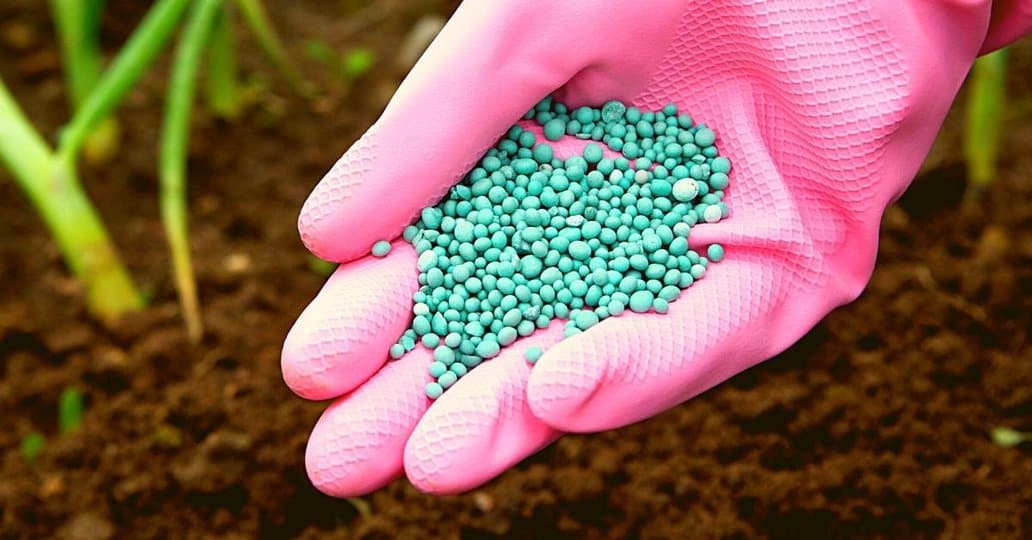
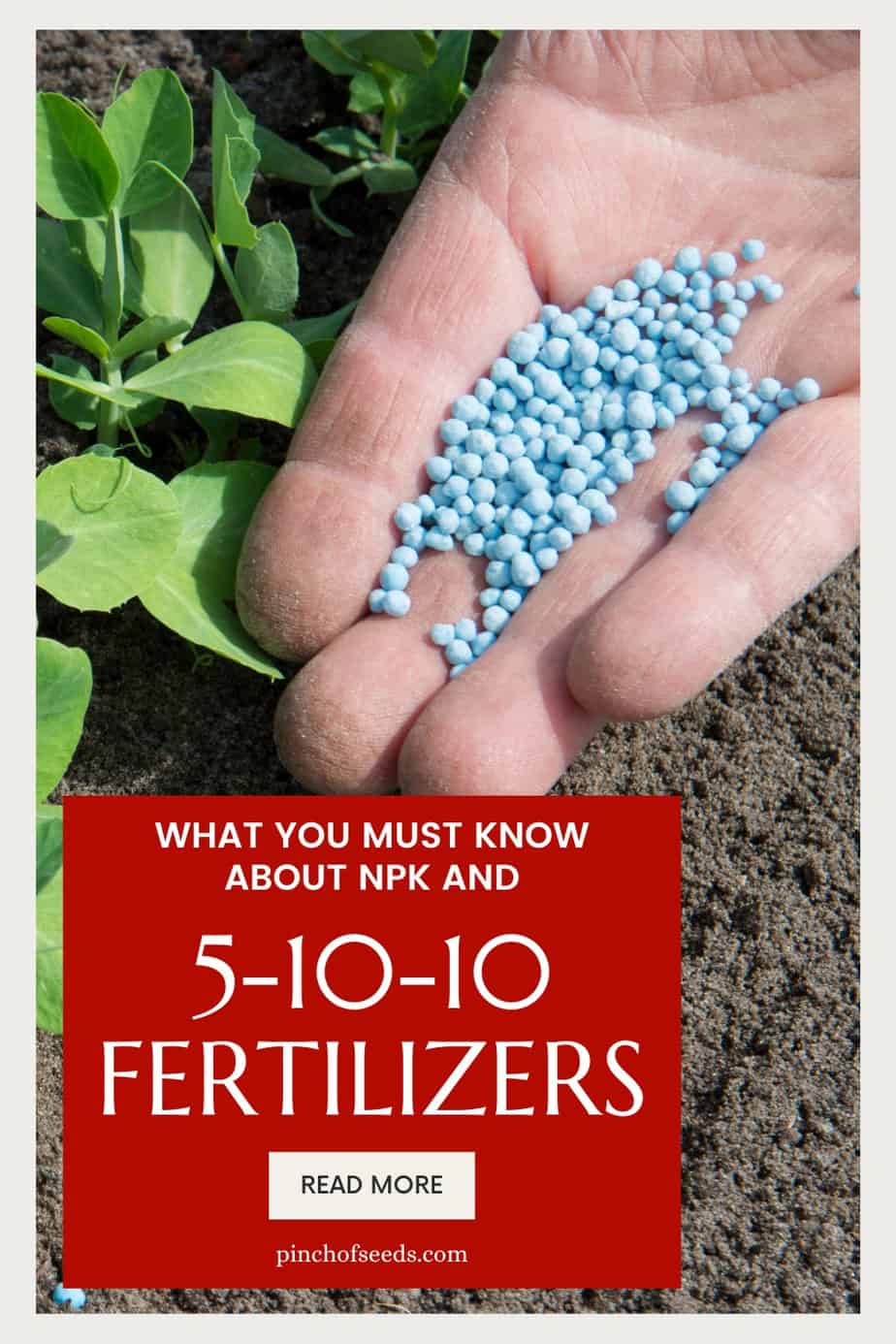
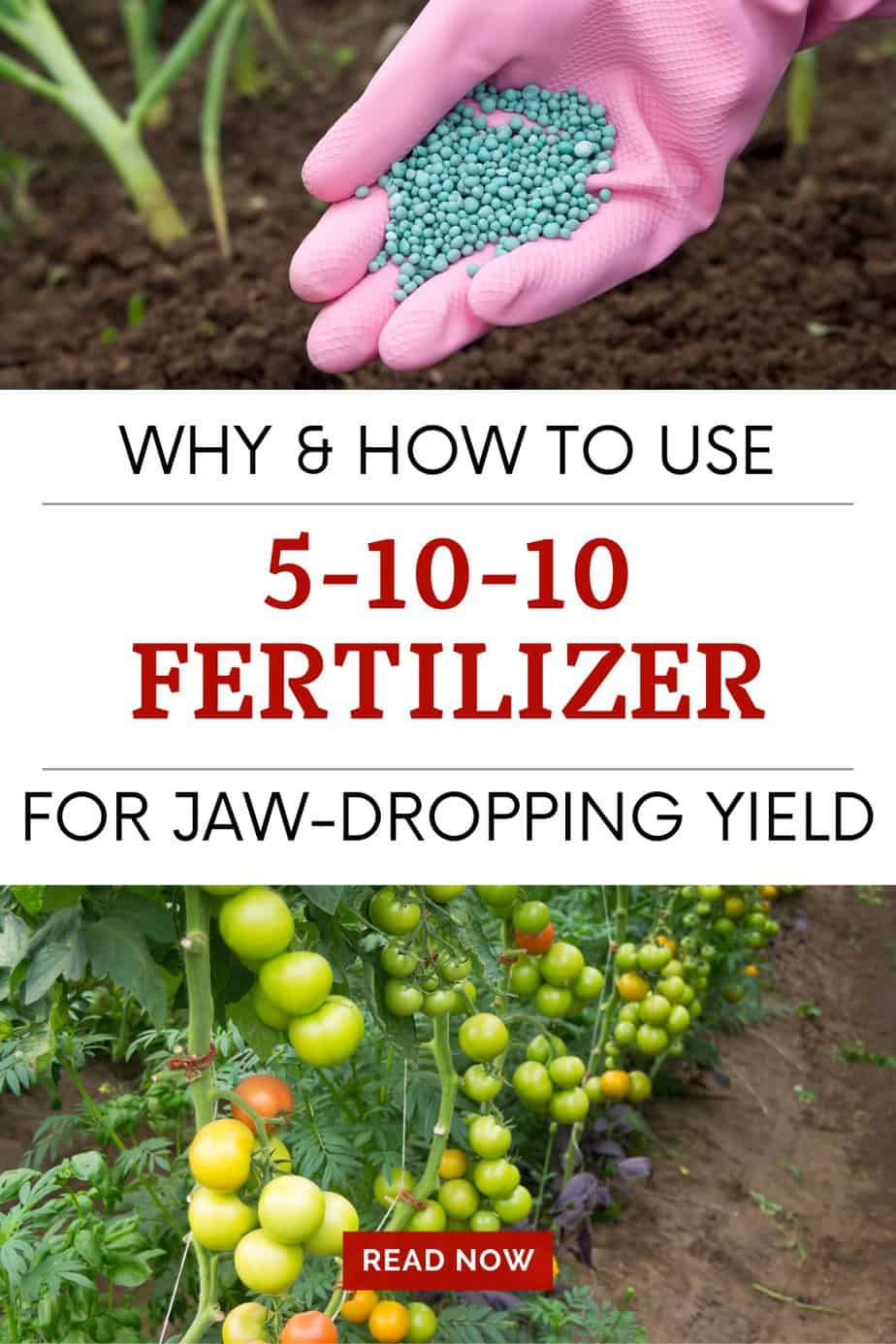
Dear Ms. Gopi,
I greatly appreciate your providing your excellent website!
Can you be hired to give advice on my curry leaf plant’s leaf problem? If so, how much would your consultation fee be?
If I could hire you to consult on this problem, I could send you a picture of the plant.
The problem: My plant’s leaves have turned from a uniform healthy-looking dark green to a lighter green, with the veins remaining dark green. Ordinarily, I would have thought that my plant had a magnesium deficiency, but the change in coloration occurred after I added epsom salt (in the watering formula below).
Background: 3 months ago, after my 3-year old plant sustained bug damage, I hard pruned and repotted my plant in well-draining soil, and brought the plant inside. Five nice branches soon emerged from the 4″ trunk I have the plant under 7 grow lights.
Current care: Since repotting, I’ve been watering the plant weekly, when the top 2″ of soil is dry. The 1.0 gallon of water that I add includes yogurt whey, 0.5-1 teaspoon quantities of turmeric, hing, kelp, eggshell powder, epsom salt, and a half-cup of my urine. Once a month I also add either gypsum or chelated iron (never combined). The plant’s pot has large holes. Excess water drains quickly, and I immediately remove the drained water.
With best regards,
Bruce